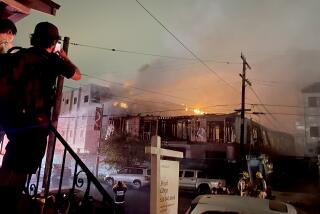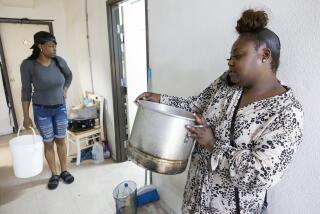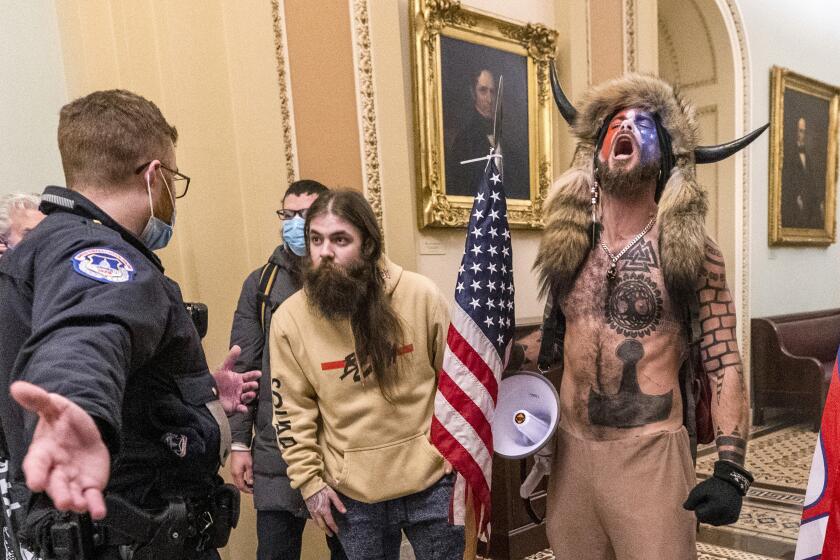The Philadelphia Story
The first responsibility of municipal government is to provide for public safety, and it was under this imperative that Philadelphia authorities sought to evict members of a neighborhood-despoiling radical group called MOVE from the house that they occupied in the western part of the city. The MOVE cultists proved to be well-armed, and their building had been transformed into a fortress. The eviction effort led to a gun battle that left several policemen wounded. In time, police dropped an explosive device on the roof of the MOVE house. Soon after--how soon is a matter of dispute--a fire erupted that spread and ravaged 61 nearby dwellings. Hundreds of people were left homeless.
Mayor W. Wilson Goode is being blamed for sanctioning a use of force that brought on calamity, and fire officials are being blamed for not moving quickly enough to try to save adjacent buildings. Calamity there surely was, and surely the potential for disaster in a neighborhood of connected houses should have been more carefully considered. But the facts about what happened are still being assembled. Until they are clear, judgment should be deferred.
Police say that the explosive device used against a wood-and-steel bunker on the roof of the MOVE house had been tested and found to be non-incendiary. But threats apparently had been made by the MOVE group about gasoline or other flammable material stored in the house. The explosion may have triggered the fire, or the fire could have been deliberately started by the MOVE members. Perhaps that was their plan all along.
Could neighboring homes at least have been saved? Fire department officials note that shots from the house, either aimed or resulting from exploding ammunition, continued well after the fire began to spread. With firefighters’ lives in potential jeopardy, the decision was made to hold back from trying to contain the blaze.
The obvious question is whether better and less destructive ways could have been found to deal with the problem. Blockading the house in an effort to starve out its heavily armed inhabitants might have worked in time, but that also would have meant keeping other residents of the neighborhood out of their homes and tying up police resources for weeks, perhaps months.Even then there is no telling what the cultists might have done. People who insist that they are eager to die for their beliefs have no trouble finding an excuse to do so. And if that means dying amid carnage and destruction, so much the better.
What happened in Philadelphia ought not to be seen as an isolated incident. Armed fringe groups imbued with apocalyptic fancies and driven by suicidal urges are not, unhappily, all that rare in our society. Law-enforcement agencies do a pretty good job of monitoring these groups. The question is whether more can be done under the law to control them, before things get out of hand, and control them in ways that do not imperil others or produce tragic destruction.
What happened in Philadelphia may have been inevitable, or it may have preventable; only further investigation and a rigorous exposure of the facts will tell. Whatever the conclusions reached, the great need is to see that what happened in Philadelphia is not allowed to recur.
More to Read
Sign up for Essential California
The most important California stories and recommendations in your inbox every morning.
You may occasionally receive promotional content from the Los Angeles Times.










